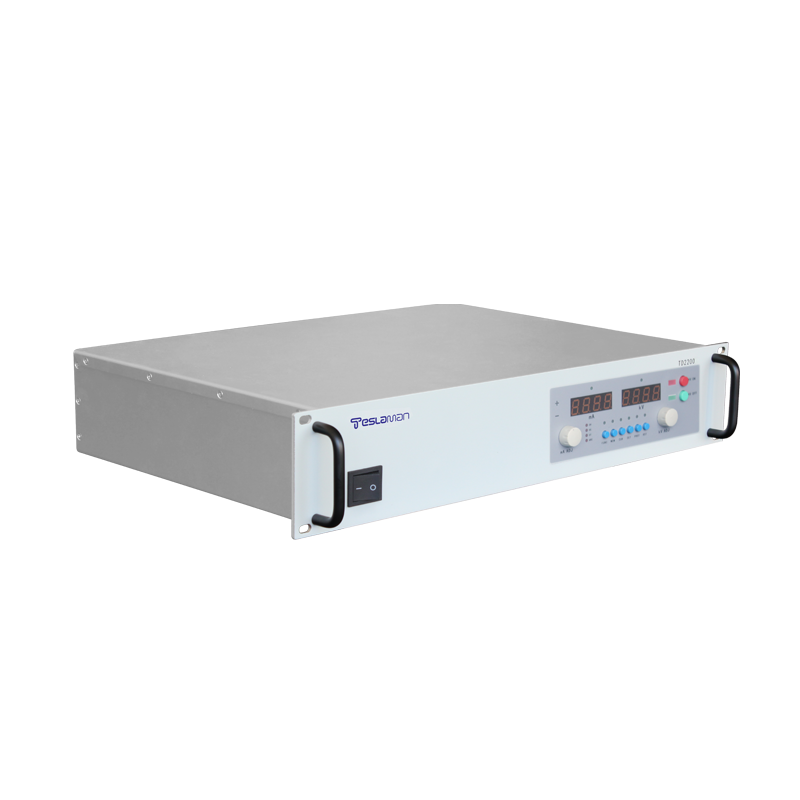The Key Role and Technical Requirements of High Voltage Generators in the Field of Nuclear Energy
As an efficient and concentrated form of energy, nuclear energy occupies a pivotal position in the global energy supply. In the generation and utilization of nuclear energy, high voltage generators play a crucial role. This article will delve into the key role of high voltage generators in the field of nuclear energy from a professional perspective, as well as the related technical requirements.
I. Definition and Function of High Voltage Generators
A high voltage generator is a device that can generate high voltages and is widely used in various stages of nuclear facilities, such as the startup of nuclear reactors, plasma confinement, and ion beam acceleration. In the nuclear energy system, high voltage generators are typically used to provide the necessary voltage and energy to drive various experiments and industrial processes.
II. The Key Role of High Voltage Generators in the Field of Nuclear Energy
1. Nuclear Reactor Startup: During the startup of a nuclear reactor, the high voltage generator is used to provide the initial high voltage, bringing the nuclear fuel in the reactor to a critical state and thus initiating a chain reaction. This is a critical link in the process of nuclear energy generation, and it requires high stability and reliability of the high voltage generator.
2. Plasma Confinement: In nuclear fusion research, high voltage generators are used to generate strong magnetic fields to confine high-temperature plasmas. This confinement is key to achieving nuclear fusion reactions, and it requires the high voltage generator to provide continuous and stable high voltage output.
3. Ion Beam Acceleration: In nuclear energy scientific experiments, high voltage generators are often used to accelerate ion beams for precise nuclear reaction studies. The acceleration of ion beams requires extremely high voltage precision and stability, which poses higher requirements for the performance of high voltage generators.
III. Technical Requirements for High Voltage Generators
1. High Voltage Stability: In nuclear applications, the output voltage of high voltage generators must remain highly stable to ensure the smooth progress of experiments and industrial processes. This requires high voltage generators to have advanced voltage control technology and efficient cooling systems.
2. High Power Output: As nuclear research deepens and industrial scale expands, the power demand for high voltage generators is also increasing. Therefore, developing high-power, high-efficiency high voltage generators has become an important task at present.
3. Long Life Operation: Nuclear facilities usually require long-term operation, which means that high voltage generators must have a long service life and low maintenance costs. To this end, high-quality materials and advanced manufacturing processes must be used to improve the reliability and durability of high voltage generators.
4. Intelligence and Automation: With the development of artificial intelligence technology, the level of intelligence and automation of high voltage generators continues to improve. By introducing intelligent control systems, remote monitoring, fault diagnosis, and automatic protection functions of high voltage generators can be realized, improving the efficiency and safety of equipment operation.
IV. Conclusion
In summary, high voltage generators play an irreplaceable role in the field of nuclear energy. To meet the growing demand for nuclear energy, we must continuously develop and innovate high voltage generator technology, improve its performance, stability, and reliability. At the same time, international cooperation and exchanges should be strengthened to jointly promote the advancement of high voltage generator technology and the prosperous development of the nuclear energy industry.




















